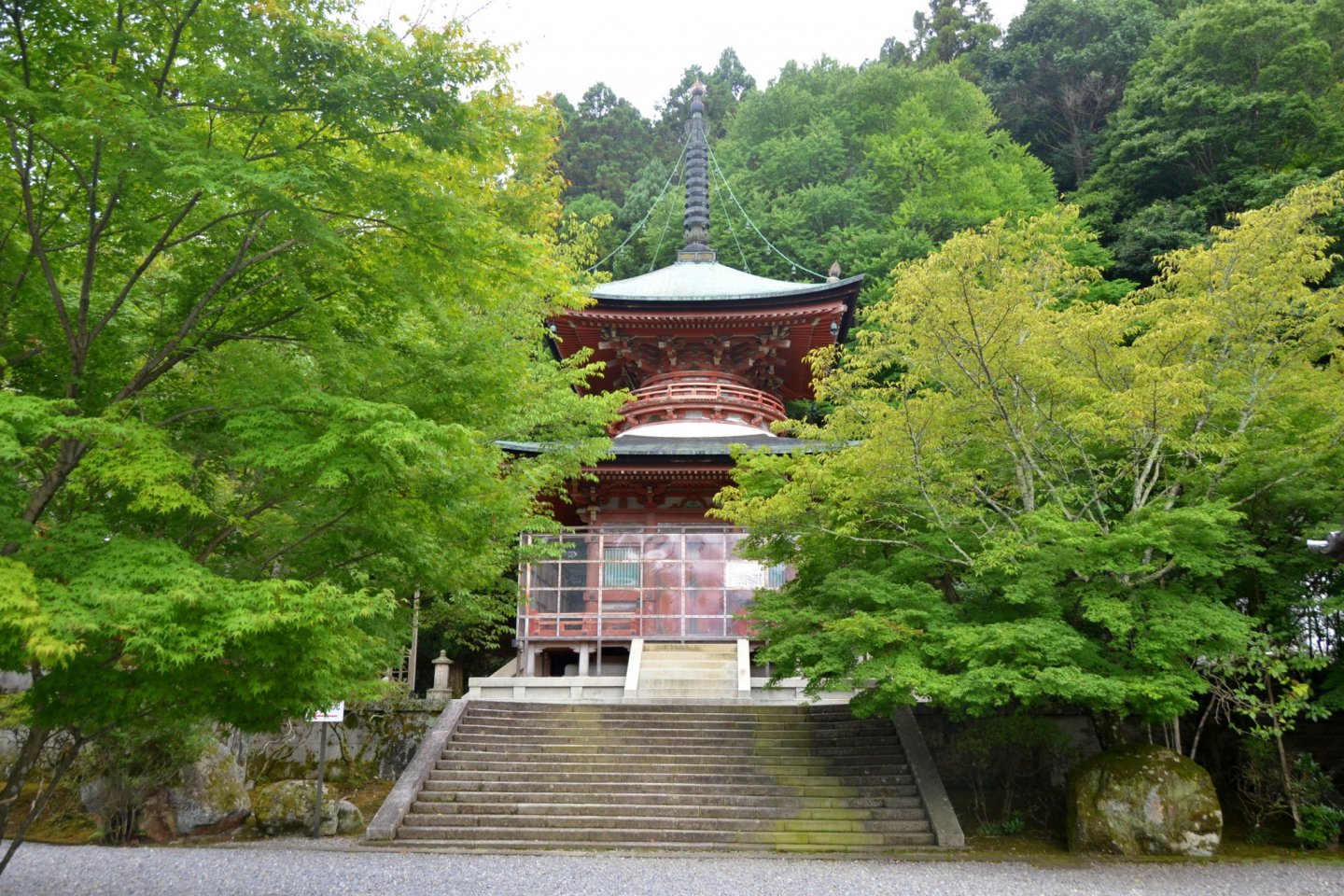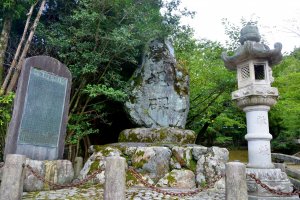While everyone was flocking towards the magnificent Tenryuji Temple (the largest temple in Arashiyama), I headed in the opposite direction for the 13th and last temple on Kyoto's Jusan Butsu pilgrimage; an expedition that shall bring one to 13 temples, which are dedicated to the 13 deities of Shingon Buddhism in Kyoto.
But that was not the reason why I was so determined to visit the Horinji Temple. Amidst the countless temples and shrines in Kyoto, there are plenty of reasons to visit these places of worship, culture and history. The main reason for my visit is to express gratitude for electricity – something that I cannot live without in my daily life.
On the precincts of the historic Horinji Temple, one can find the Shinto shrine known as “Dendengu”, which is devoted to Den Den Myojin (the ancestral god of electronics). Since ancient times, this shrine has been popular with the local residents until it was destroyed in a fire in 1864.
It was later revived in 1956 by the director of the Kinki Bureau of Telecommunications, Hirabayashi Kinnosuke, who foresaw the great amount of development in the field of electronics during that period. As you may imagine, devotees that go to the Dendengu Shrine tend to be from power generation companies or those in the electronic industries.
Fronted by a huge compound, the entrance to Horinji Temple gives one a sense of discarded beauty with fallen leaves and overgrown greenery. I passed by plaques with Japanese characters that I cannot decipher but that did not bother me. I was immersed in my serene environment; happy to be exploring this age-old sacred ground.
Beautiful trees frame a flight of long steps towards the temple and shrine, providing shade and a beauty that captivates its visitors upon first sight. Later, I would realise that part of its charms lie in having lesser ‘human traffic’ as compared to the other more popular temples within Arashiyama.
Besides the Dendengu Shrine, there is a stone pagoda and monument that commemorate Thomas Edison and German scientist Heinrich Rudolf Hertz. The former was an American inventor who brought on a global electrical revolution when he invented electric light bulbs with bamboo filaments from Kyoto while the latter discovered electromagnetic waves.
With a history that dates back to 713 AD, the Horinji Temple’s principal deity is the Kokuzo Bodhisattva, who represents wisdom, welfare and arts as well as to protect one against evil forces. On special occasions, the main hall of the temple is open to devotees for prayers. Unfortunately, I did not manage to enter as the hall was closed during my visit.
Still, I managed to find consolation with the beautiful views of Arashiyama and beyond at the temple side yard. Boosting wide spaces that are probably being utilised during special occasions, the scenery presents a blend of nature and manmade wonders amidst a peaceful observation deck.
On my way out, I stumbled upon a small path lined with chopped bamboo on one side and towering trees on the other. Once again, I was relieved from the summer heat in this shady sanctuary. From the beginning to the end, my visit to the Horinji Temple and Dendengu Shrine was most enjoyable.
Promising history, culture and scenic views, the Horinji Temple and Dendengu Shrine are highly recommended if you are visiting Arashiyama.



































